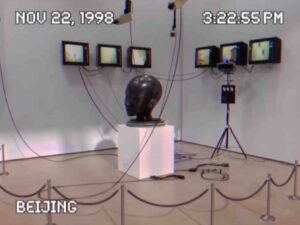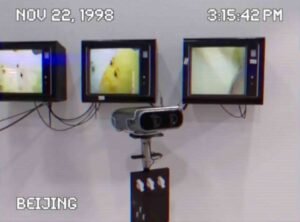Background
Mandarin, the standard language commonly used in China, has replaced local dialects as the main communication tool in daily life. This phenomenon has led to young people in some areas gradually losing the opportunity to learn and use local dialects as they grow up. When they face the dialect of their hometown, they may feel unfamiliar and incomprehensible, which leads to communication barriers with their elders and relatives. This trend is not limited to the individual level but also affects the whole society, making dialects face the danger of gradual extinction in the process of inheritance.

Dialect is an important carrier of regional culture, which carries the uniqueness of a region’s history, customs, habits, and values. People’s sense of identity with their regional culture is also weakening. When dialects gradually disappear, it is difficult for these unique regional cultural elements to be effectively inherited, which leads to the weakening and loss of regional cultural characteristics. Such a phenomenon is undoubtedly a great loss to the rich and diverse cultural traditions of the Chinese nation.

It is important to conduct research on the preservation of dialects and their cultural significance. This research can help to identify ways to preserve dialects and promote their use in daily life. It can also help to raise awareness about the importance of dialects in the context of regional culture and identity.
